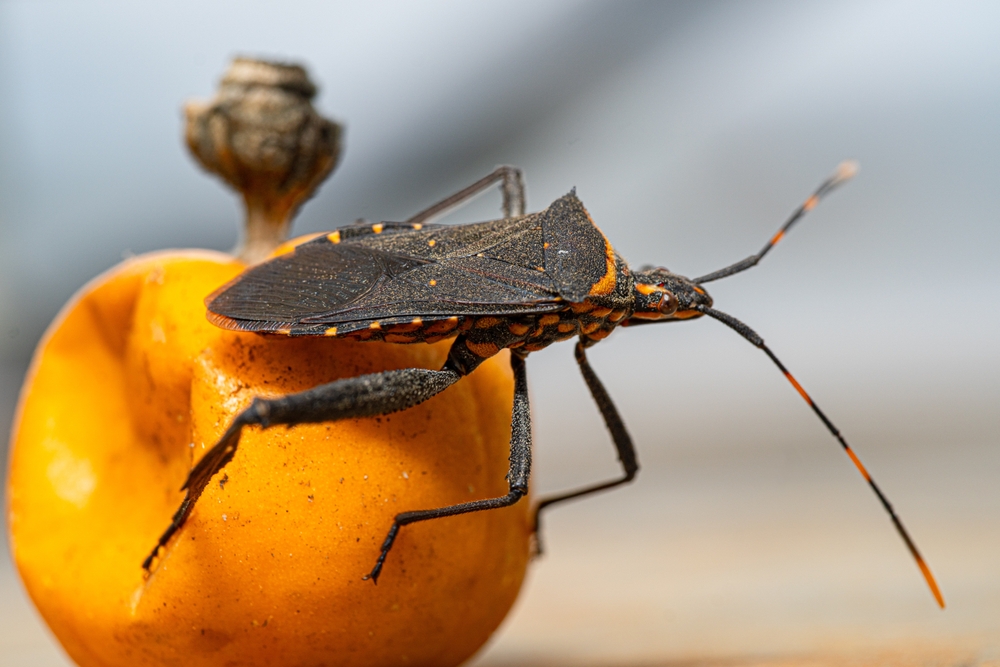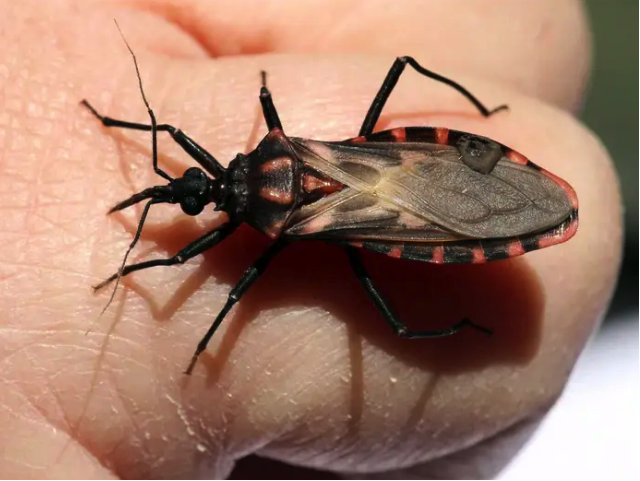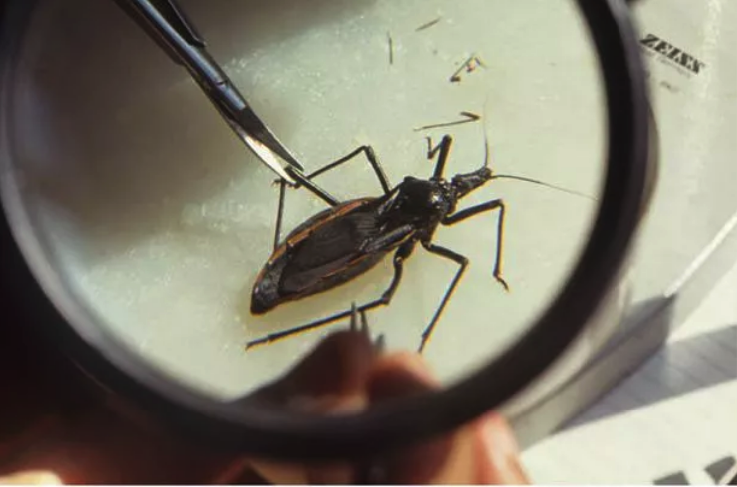Forsyth went on to say, “The people affected just don’t have the power to influence healthcare policy,” making reference to the impoverished communities. It’s kept hidden by a convergence of social and biological factors.
Chagas, however, is becoming more well recognized as it spreads to other continents and can also be transferred from mother to child during pregnancy or childbirth, as well as through organ and blood transfusions.

The main objective of the Chagas Hub, a UK-based facility founded by Professor David Moore, a doctor at the Hospital for Tropical Diseases in London, is to get “more people tested and treated, and to manage the risk of transmission, which in the UK is from mother to child,” according to Professor Moore.
Regarding the WHO’s 2030 aim for the eradication of the disease, Moore stated that progress toward it is “glacial” and added, “I can’t imagine that we’ll be remotely close by 2030.” That seems improbable.
Two medications that have been available for more than 50 years to treat chagas are benznidazole and nifurtimox, which according to Moore are “toxic, unpleasant, not particularly effective.”
Although the medications are effective in curing babies, there is no guarantee that they will prevent or halt the advancement of the condition in adults.
Regarding severe adverse effects, Rodriguez remembers getting dizziness and nausea as well as breaking out in hives. She completed her therapy, and she gets checked out annually.
Moore goes on to say that while creating stronger anti-Chaga drugs is crucial to stopping the disease’s spread, pharmaceutical companies are currently not financially motivated to do so.

As president of the International Federation of Associations of People Affected by Chagas condition (FINDECHAGAS), Hernández is on a mission to raise awareness of the condition until there is a greater need on the market for innovative treatments.
In Spain, Rodriguez is battling the “monster” as part of a campaign to increase public awareness of Chagas disease being conducted by the Barcelona Institute for Global Health.
“I’m tired of hearing nothing at all,” Rodriguez declares. “I want Chagas to be discussed and made public. I’m in favor of testing and therapy for individuals.
They are being heard, too.
World Chagas Disease Day was instituted by the WHO on April 14, 1909, the day Carlos discovered the disease’s first human case.The WHO states that “a diversified set of 20 diseases and disease categories are set out to be prevented, controlled, eliminated, and eradicated through global targets for 2030 and milestones.” And among them is Chagas.
To prevent a possible infestation, the CDC suggests taking the following steps:
Close up any gaps and fissures around doors, windows, walls, and roofs.
Clear out the rock, wood, and brush piles close to your home.
Put screens on windows and doors, and fix any tears or holes in them.
Close up gaps and crevices that lead to the exterior, crawl areas beneath the home, and the attic.
Keep pets inside, especially during the evening.
Maintain the cleanliness of your home and any outdoor pet resting places, and check for bugs on a regular basis.

If you believe you have discovered a kissing insect, the CDC recommends avoiding crushing it. Alternatively, carefully put the bug in a jar, fill it with rubbing alcohol, and then freeze it. It is then recommended that you bring the bug’s container to an academic lab or your local health authority so that it can be identified.
Please tell this tale to help spread the word about an illness that goes unnoticed!

